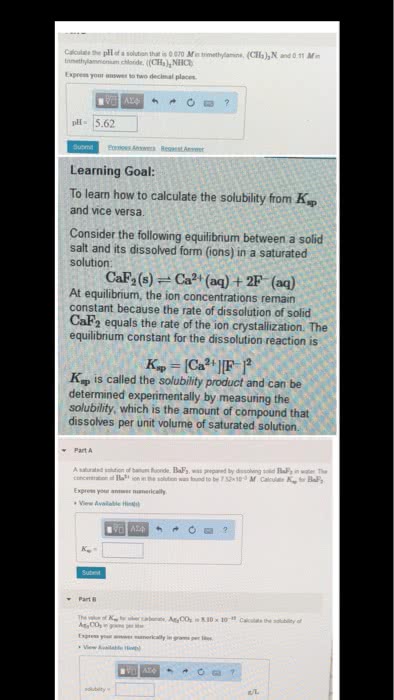CHEM 11b Lecture Notes - Lecture 13: Dynamic Equilibrium, Thermodynamics, Solubility Equilibrium
Document Summary
Freezing point: the temperature at which the rate of freezing of a liquid equals the rate of melting of a solid. Vapor pressure: the pressure of the vapor above a liquid when the rate of vaporization equals the rate of condensation. Solubility equilibrium: in a saturated solution, a state in which the rate of dissolution of a solid is equal to the rate of crystallization of the solid out of the solution. Rate of crystallization = rate of dissolution. When there is product the reverse reaction increases from zero as the reaction forward slows until they are in equlibrium. Product favored reactions, there is more product than reactants in equilibrium. Some reactions are reactant favored so there is more reactants than product in equilibrium. Equilibrium constants do not include the concentration of the solids. Really small k means that most is the reactant and little is the product. Large k means that most has become product and smaller reactants.


